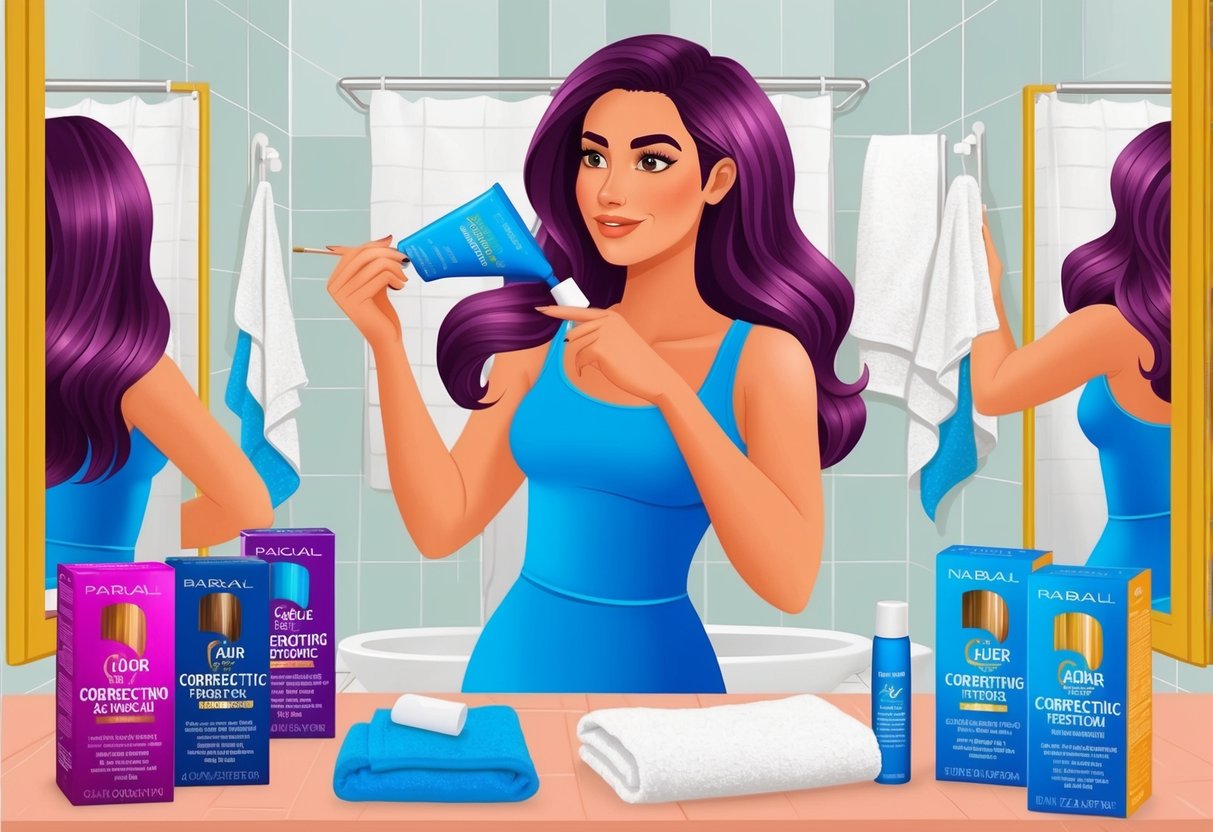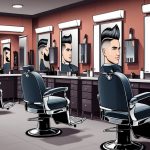
Anyone who has ever dyed their hair at home knows that mistakes can happen—unexpected shades, uneven color, or brassy highlights are all common problems.
Understanding the right solution for each type of coloring mishap is essential for keeping hair healthy and achieving the look you want without a trip to the salon.
There are effective ways to address everything from overly dark results to patchy coverage and unwanted tones.
Using professional advice and proven techniques, individuals can confidently handle challenges like brassiness, over-processing, or color that didn’t turn out as planned.
Simple fixes such as using a clarifying shampoo, color-depositing masks, or toning products can make a noticeable difference and restore confidence in your DIY hair color skills.
For those looking to go beyond the basics, expert guidance also covers specific products, application methods, and precautions to avoid further damage.
Whether the issue is with highlights or all-over color, learning what causes common hair dye errors and how to correct them is key.
For more step-by-step solutions, check out these ways to fix hair color mistakes and achieve professional-looking results at home.
Understanding Common Hair Coloring Mistakes
Hair color mistakes at home can result in issues like patchiness, brassiness, or unwanted tones.
Recognizing the type of problem is the first step before trying to fix the hair coloring disaster with a correction process.
Recognizing a Botched Dye Job
A botched dye job can be identified by several obvious signs.
These include patches where the hair color is lighter or darker, unexpected color bands, or visible streaks that do not blend naturally with the surrounding hair.
Sometimes, the color does not take evenly, which leaves obvious roots or highlights in the wrong places.
Other common symptoms are excessive brassiness, green or blue tints, and hair that feels dry or brittle after dyeing.
Anyone experiencing an uneven color result or unexpected tone should assess their entire head in natural lighting to spot inconsistencies.
In severe cases, the mistake might make the hair appear patchy or striped.
When this occurs, underlying issues like product buildup, previously colored hair, or missed sections often play a role.
Types of Hair Coloring Disasters
Several types of hair coloring disasters occur with at-home dyes.
Too-dark color is a frequent problem, especially when box dyes process longer than intended or if hair is porous.
Another common issue is hair turning unintentionally orange or brassy, usually after attempting to lighten dark hair without proper toning—learn more about common mistakes from L’Oréal Paris.
Visible color bands may result from overlapping color applications or failing to blend dye at the roots or ends.
Roots that are lighter or darker than the rest of the hair also make the final result look sloppy.
Occasionally, the color comes out green, blue, or purple if a dye reacts badly with previous chemical treatments.
Here’s a quick reference table:
| Problem Type | Typical Cause |
|---|---|
| Too Dark | Overprocessing, porous hair |
| Brassiness/Orange | Lightening dark hair, lack of toner |
| Uneven Bands | Poor application, overlapping sections |
| Strange Color Tints | Chemical reactions, previous color |
How Uneven Color Happens
Uneven hair color typically stems from inconsistent dye application.
Applying too much product to some areas and not enough to others results in patchiness, especially around the hairline, crown, or nape.
If parts of the hair are missed or saturated unevenly, color will grab differently on each strand.
Porosity also affects how color develops across the head.
Hair that’s previously lightened or chemically treated will absorb color faster, making it look dark or muddy next to unprocessed hair.
Residual products, like oils and conditioners, can block dye from penetrating, while overlapping old color with new can create harsh transition lines.
Prepping the hair by sectioning and applying color methodically helps limit uneven results.
Using proper timing, thorough saturation, and ensuring all sections get equal coverage are critical steps for a consistent finish during self-coloring.
Find more tips to fix uneven color at home.
Evaluating Hair Condition Before Correction
Recognizing the current condition of hair is crucial before attempting any color correction.
Proper assessment can prevent further damage and ensure that corrective steps work effectively.
Assessing Hair Health
The health of the hair dictates how well it can handle another round of coloring or chemical treatments.
Damaged or over-processed hair is likely to break or become more porous during color correction.
A simple strand test can reveal much about the state of the hair fiber.
If the hair feels brittle, gummy, or snaps when pulled, it might be too compromised for further dyeing.
Observing the ends and texture also helps; excessively split or rough hair generally needs deep conditioning before any chemical process.
Those with fine, fragile, or recently bleached hair should invest in restorative treatments, such as protein masks and hydrating conditioners, for at least a week.
This not only strengthens the hair fiber but also helps limit uneven color results and further breakage.
Regularly assessing scalp health, such as checking for irritation or sensitivity, is just as important, as a healthy foundation boosts the overall results of color correction.
The Role of the Hair Cuticle
The hair cuticle acts as the protective outer layer, made of overlapping scale-like cells.
Its condition is vital; a healthy, closed cuticle keeps moisture in, shields the cortex, and allows for predictable color application.
When hair is chemically treated, the cuticle can lift or become rough, leading to increased porosity.
Overly porous hair absorbs dye unevenly and loses color quickly, resulting in patchy or faded outcomes.
It’s essential to check for signs of raised or damaged cuticles, which can be done by feeling the hair surface—coarse, rough strands suggest cuticle issues.
Addressing cuticle health involves using acidic, pH-balancing shampoos and leave-in conditioners to smooth the scales and restore integrity.
Limiting heat styling and opting for sulfate-free, color-safe products can also help preserve the cuticle, providing a more reliable base for subsequent color correction.



